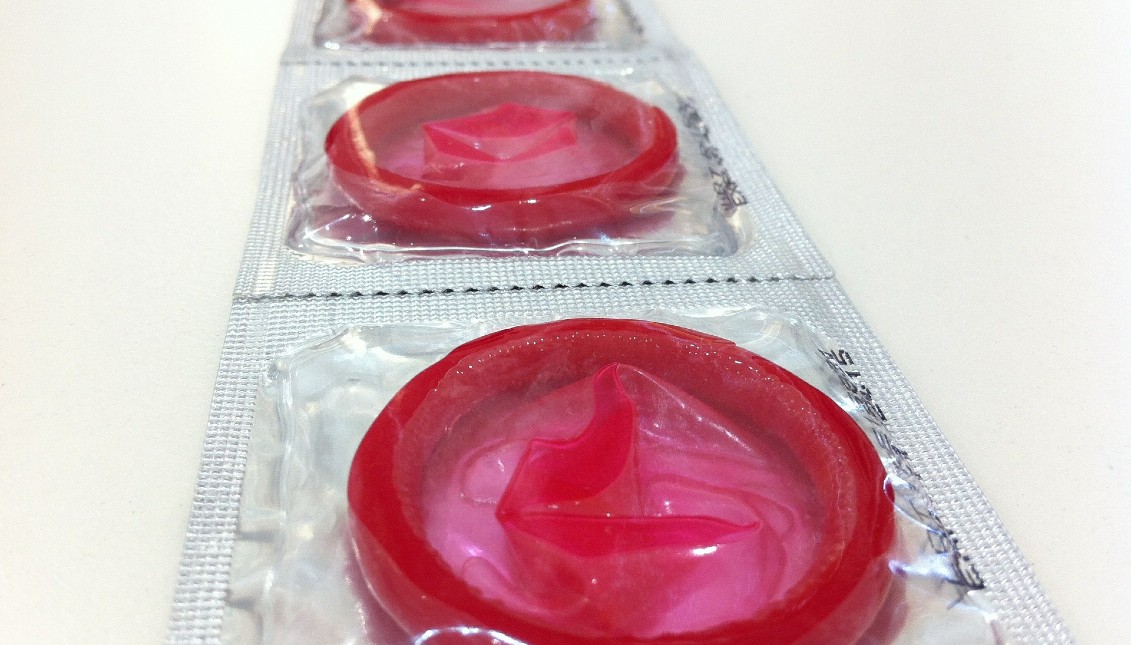
Philadelphia is one of the cities with the highest number of STD cases in the U.S.
According to a recent CDC study, the transmission of sexually-transmitted diseases in the country increased during 2020 and 2021. Philadelphia was fourth in…
The Centers for Disease Control's Sexually Transmitted Diseases report showed that for the sixth consecutive year, the number of infections has increased in the United States.
At least 20 million Americans contract an STD each year and it is estimated that there are at least 110 million people in the country with some type of these viruses that were little talked about during the last two years due to the COVID-19 pandemic.
According to the report and data analyzed by the firm Innerbody, Philadelphia has the fourth highest transmission rate with 2,827 per 100,000 inhabitants. Jackson, Mississippi, Baltimore, Maryland and San Francisco, California occupy the top three spots.
RELATED CONTENT
Chlamydia, gonorrhea and syphilis are the three sexually transmitted diseases with the highest growth in infections. Together, they increased by nearly 30% between 2015 and 2019. Within the top 20 cities with the most infections, New York has the most HIV cases (97,206), Atlanta followed with 31,833, Miami with 26,316, Fort Lauderdale with 19,483, and Philadelphia with 16,917 cases.
As in many other situations, race plays a crucial role in the communities with the highest number of infections. According to the CDC report, infection rates are five to eight times higher among African-Americans than among non-Hispanic whites, three to five times higher among Native Americans, Alaskans and Hawaiians, and one to two times higher among Latinos.
Jo Valentine, director of CDC's Office of Health Equity, noted that "focusing on hard-hit populations is critical to reducing disparities,” said Valentine. “To effectively reduce these disparities, the social, cultural, and economic conditions that make it more difficult for some populations to stay healthy must be addressed. These include poverty, unstable housing, drug use, lack of medical insurance or regular medical provider, and high burden of STDs in some communities.”











LEAVE A COMMENT:
Join the discussion! Leave a comment.